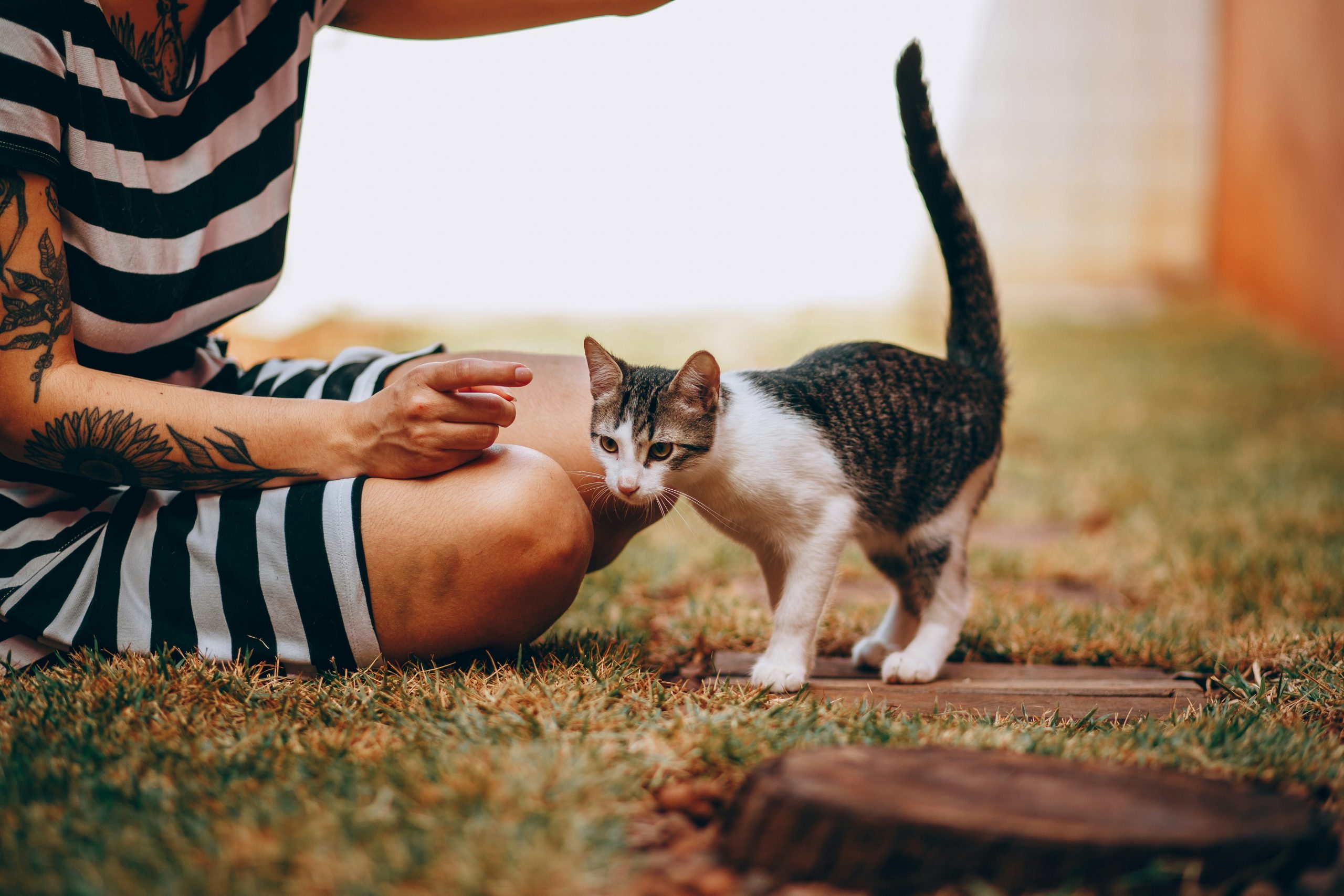“What if your dog could fetch more than just a stick? What if it could identify objects with precision?” Sounds like sci-fi, right? But guess what—object targeting is not only possible but a game-changer in pet training!
Did you know that over 70% of dog owners admit their pets don’t fully respond to basic commands? Imagine the potential chaos when trying advanced object-based cues. Don’t worry; you’re not alone. That’s why we’re diving deep into Object Targeting Success Metrics: how to unlock them, track progress, and triumph in your training journey.
Table of Contents
- Key Takeaways
- Why Object Targeting Matters
- Step-by-Step Guide to Master Object Targeting
- Top Tips & Best Practices
- Real-World Success Stories
- Frequently Asked Questions
- Conclusion
Key Takeaways
- Object targeting boosts focus and cognitive abilities in pets.
- Success metrics include repetition count, accuracy rate, and engagement levels.
- Consistency and positive reinforcement are non-negotiables.
Why Object Targeting Matters
Think back: Have you ever played fetch only to have your pup return half-hearted or confused about which toy was yours? Okay, confession—I once trained my golden retriever so poorly he brought me his squeaky hedgehog instead of the stick lying three feet away. Talk about awkward parental moments.

Here’s the hard truth: Without clear objectives and success metrics, even our best intentions fail. Enter object targeting—a method combining behavioral science with fun drills designed to sharpen recognition skills.
Optimist You: “My pet can learn anything!”
Grumpy You: “Yeah, sure—but let’s start small before signing up for agility Olympics.”
Step-by-Step Guide to Master Object Targeting
How Do I Start Teaching My Pet?
Beginner-friendly methods matter most here. Follow these steps:
- Select an Object: Choose something unique yet safe—a bright ball or a textured cube works wonders.
- Introduce with Excitement: Pair the object with high-pitched praise or treats every time your pet interacts with it.
- Name It: Assign a specific word (“Fetch ball!”) while holding or pointing at the item. Repeat until they connect the sound with the action.
- Incorporate Distance: Gradually move the object farther away as their confidence grows.
Rant Alert!: Can we please stop using generic rewards like plain kibble? Be creative—mix peanut butter, chicken bits, or crunchy snacks tailored to each furry personality!
Tracking Progress Like a Pro
Your secret weapon: Success metrics. Track these key parameters:
- Repetition Count: How many times did they accurately pick the correct object?
- Accuracy Rate: Percentage of successful attempts versus total tries.
- Engagement Levels: Are they showing enthusiasm or zoning out halfway through?

Pro Tip: Keep a journal or spreadsheet—it’s #ChefKiss satisfying to review improvements month by month.
Top Tips & Best Practices
Remember, consistency reigns supreme. Here’s how to stay sharp:
- Short Sessions Rule: Aim for 5–10 minutes daily to avoid burnout (yes, even dogs need mental breaks).
- Mix Rewards: Alternate between edible treats, verbal praise, and physical affection to keep things fresh.
- Avoid This Terrible Tip: Skipping breaks between lessons. Your pet isn’t a robot; respect their pace!
Dialogue Breakdown:
Optimist You: “If big-name trainers do it, so can I!”
Grumpy You: “Slow down, champ—they didn’t film TikTok challenges on day one either.”
Real-World Success Stories
Cue cuteness overload: Meet Lucy, a Labrador who mastered identifying her owner’s slippers within two months. Her trainer used clicker tools paired with incremental distance challenges—an excellent example of patience paying off.
Data-backed validation also proves compelling. A recent study showcased how object targeting improved obedience scores by 35%, thanks to consistent tracking of metrics like those mentioned earlier.

Sounds great, doesn’t it? Now picture YOUR pet doing the same—and thriving under measurable guidance.
Frequently Asked Questions
Q: Can all pets benefit from object targeting?
Absolutely! While dogs lead the trend, cats, birds, and rabbits can join too. Tailor strategies to their natural instincts.
Q: How long does it take to see results?
Typically 4–8 weeks, depending on individual temperament and consistency.
Q: What if my pet loses interest?
Reassess your reward system or try shorter sessions interspersed throughout the day.
Conclusion
Object Targeting Success Metrics blend fun with functionality, making training both impactful and enjoyable. Whether it’s improving your bond or solving pesky behavior issues, these techniques deliver real-world wins.
So grab your leash, fire up that treat jar—and get ready to watch your pet shine brighter than ever. And remember…
“Like a Tamagotchi,
Your SEO needs daily care.
And now, so does Fido.”


